The Wildlife Trust of South and West Wales has been awarded £810,000 from the National Lottery’s Nature Networks Fund to sustain Pembrokeshire islands seabirds and dolphins, and support grassland nature reserves.
Project 1: Marine Indicator Species
This £560,000 project will last three years and focus on the globally important seabird populations on Skomer and Skokholm islands, as well bottlenose dolphins in Cardigan Bay.
Skomer Island is one of the most important breeding seabird colonies in Wales, home to over 800,000 birds each summer, including puffins, guillemots, razorbills, and kittiwakes. The project will support research into the breeding success of these seabirds, as well as the threats they face.
WTSWW’s bottlenose dolphin acoustic research is the only project of its kind in Welsh waters. Information gathered from this research enables us to determine the presence of dolphins at specific sites. By recording dolphin signature whistles (unique identity signals) and gathering photo-identification information, the project aims to link each signature whistle to specific individuals allowing us to track individual dolphin movements, inside and outside of the Special Areas of Conservation.
The project will:
- Conduct surveys of seabirds on Skomer Island to assess population numbers and adult survival.
- Identify the threats facing seabirds on Skomer Island and develop strategies to mitigate these threats.
- Raise awareness of the importance of key marine species and their habitats.
- Determine the presence of bottlenose dolphins at specific sites,
- Track individual dolphins using acoustic detections and photo-identification.
- Track the impacts of novel threats like Avian Influenza.
- Engage young people in marine conservation.

Lisa Morgan, Head of Islands and Marine Conservation, said:
“The research, monitoring and public engagement work carried out across our Marine Team is increasingly important as we strive to achieve our target of 30 per cent of land and sea managed for nature by 2030.
“Our local teams are well placed and have the expertise to focus on the important populations of seabirds that breed on our island nature reserves and the bottlenose dolphins in Cardigan Bay.
“Guaranteed funding for the next three years will provide continuity for long-term studies whilst enabling novel approaches to some unanswered questions, helping us to identify threats to marine wildlife. With the summer fast approaching and the seas calming, our staff are already busy delivering the first season of seabird and cetacean surveys.”
Dr Sarah Perry, Marine Conservation and Research Manager, said:
“There is increasing evidence that interacting with wildlife can have a positive impact on our mental wellbeing. We look forward to developing our volunteering and youth engagement programs and working alongside local people as part of this project.”
Project 2: Healthy, resilient grasslands
Grasslands are an important part of Wales' natural heritage. They provide a home for a wide range of wildlife, including birds, insects, mammals, and reptiles. However, many of Wales’ grasslands are in decline. This two-year, £250,000 project will support the restoration of healthy, resilient grasslands by…
- Introducing grazing to 11 designated nature reserves to improve the condition of the grasslands.
- The equipment purchased will also benefit 18 other grassland nature reserves.
- Raise awareness of the importance of grasslands and their wildlife.
- Providing opportunities for people to connect with their local grassland nature reserves.
The funding from the National Lottery’s Nature Networks Fund is part of a £11million investment in Wales’ natural heritage. The fund is being delivered by The National Lottery Heritage Fund in Wales on behalf of the Welsh Government and in partnership with Natural Resources Wales.
It will help to make a real difference to wildlife and wild spaces in Wales, supporting important research, improving the condition of habitats, and providing opportunities for people to connect with nature.
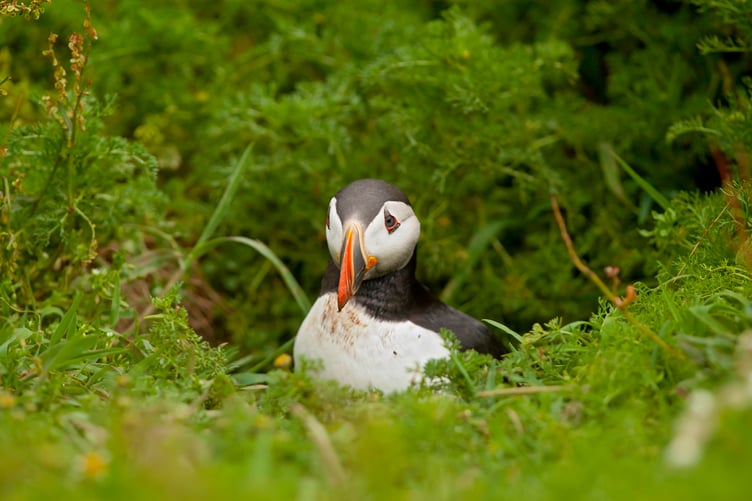
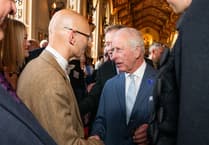
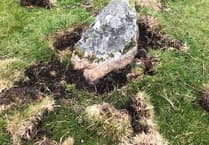
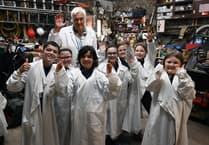
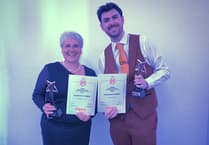
Comments
This article has no comments yet. Be the first to leave a comment.